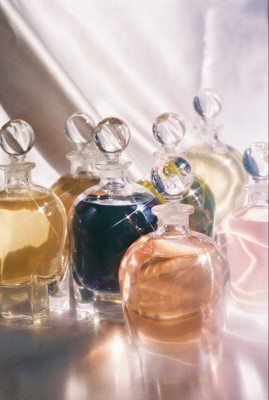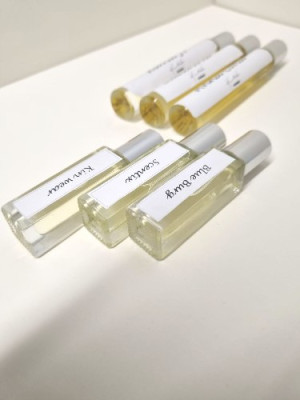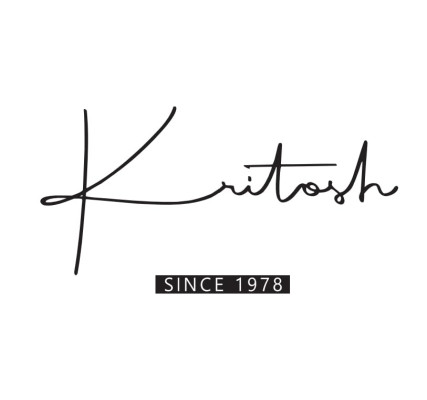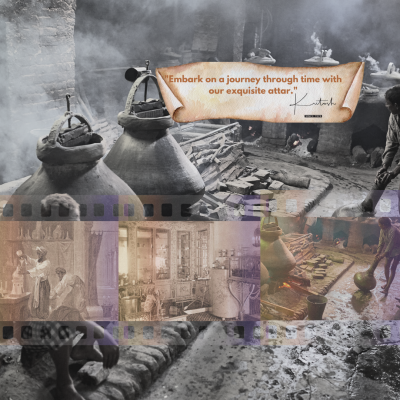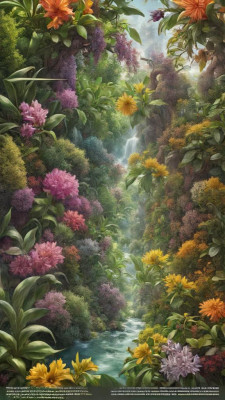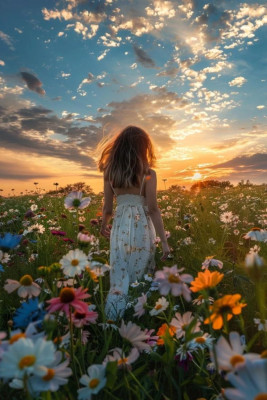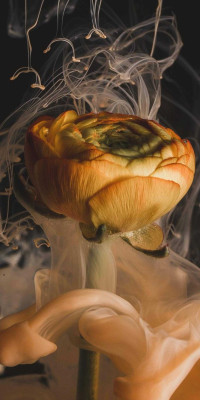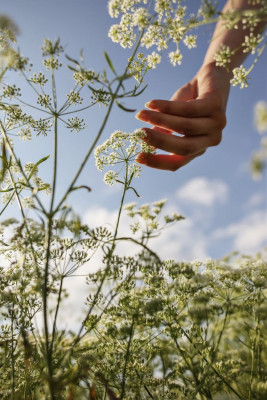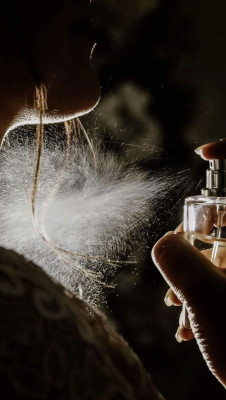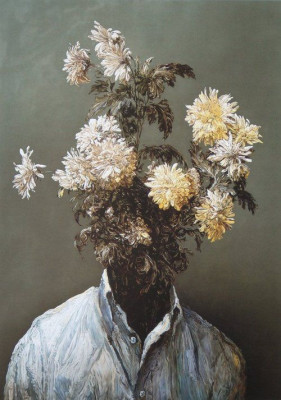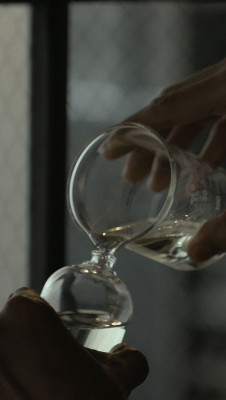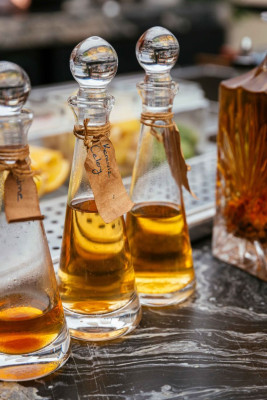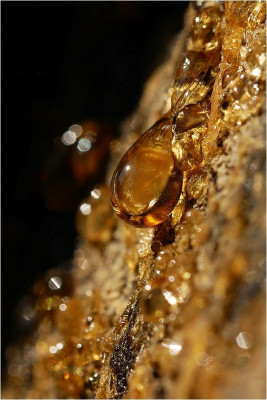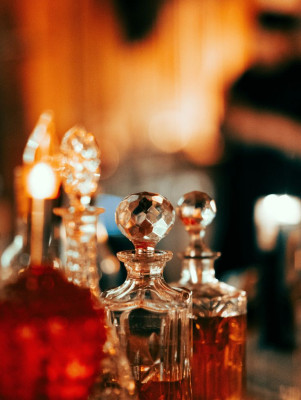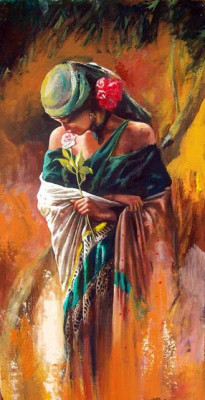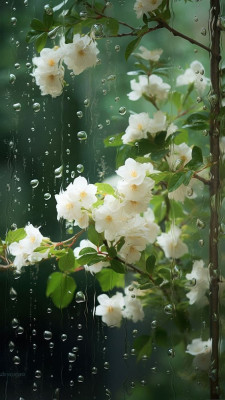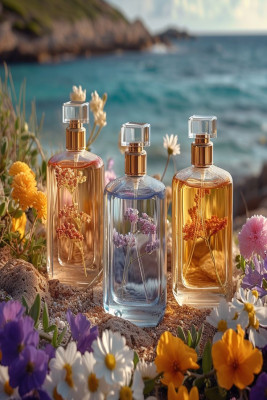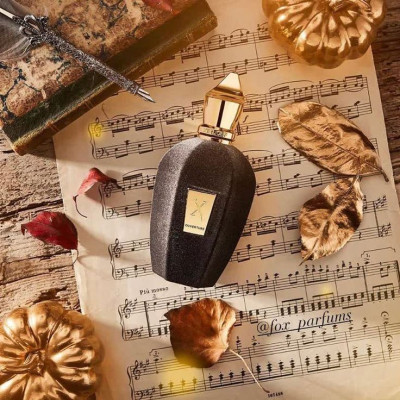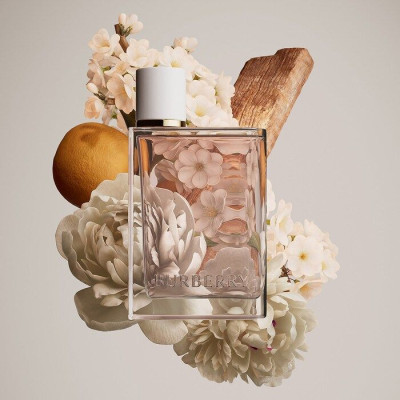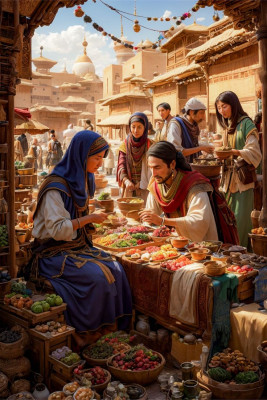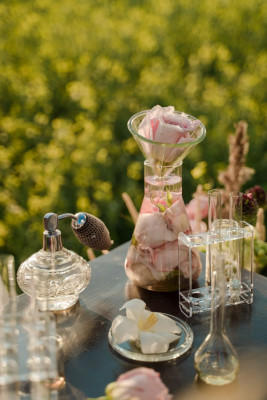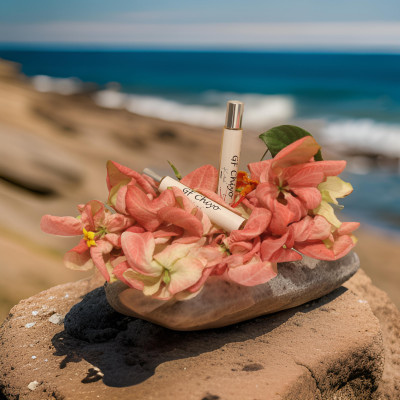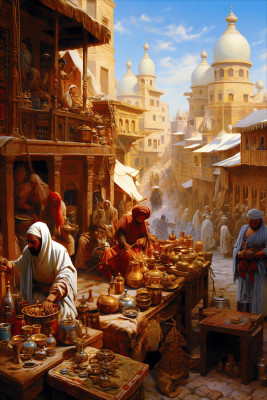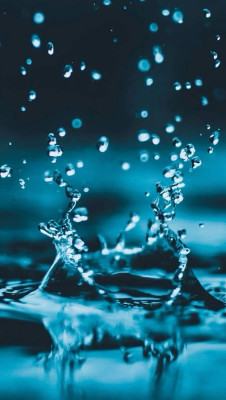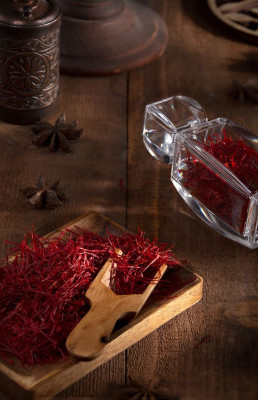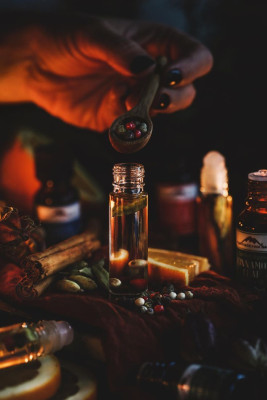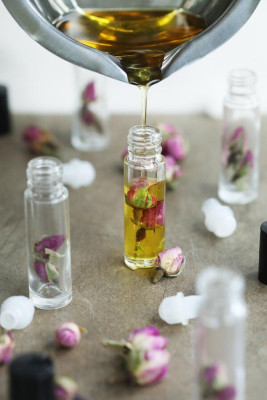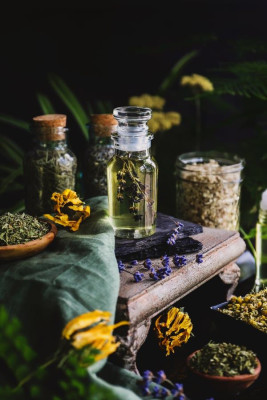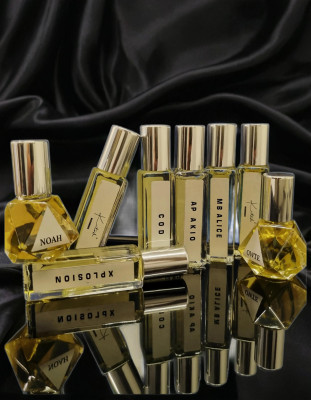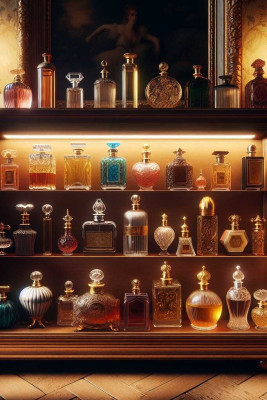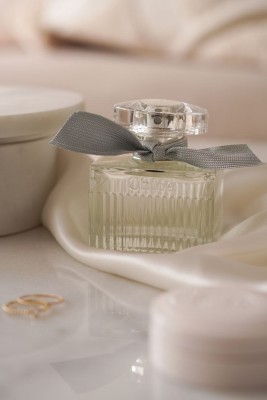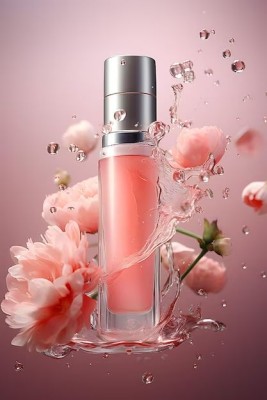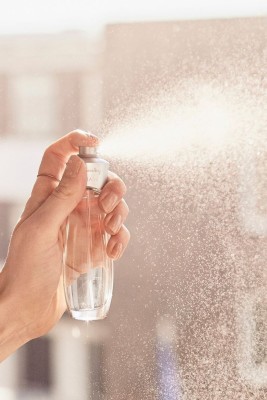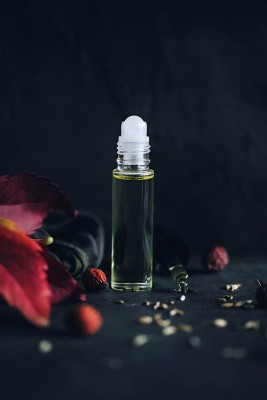Perfume bottles are not just containers; they are miniature works of art that reflect the era in which they were created. From the ornate designs of ancient civilizations to the sleek, modern lines of today, the evolution of perfume bottles reveals much about changing tastes, technological advancements, and cultural shifts. Let’s embark on a fragrant journey through time to uncover how these exquisite vessels have transformed and what they signify about our evolving relationship with scent.
1. Ancient Elegance: The Origins of Perfume Bottles
The story of perfume bottles begins in ancient Egypt around 1500 BCE. The Egyptians were pioneers in the art of perfumery, and their bottles were often crafted from precious materials like alabaster, glass, and ceramics. These early containers were typically small, often with elaborate designs featuring deities and symbols. They were intended to hold not just perfume but also oils used in religious ceremonies and daily rituals.
2. Roman and Greek Refinement: The Rise of Glass Bottles
The Romans and Greeks further refined the design of perfume bottles. The Greeks are credited with the invention of glass-blowing around the 1st century BCE, which allowed for more delicate and varied bottle shapes. Roman bottles, however, were typically more robust and practical, made from a variety of materials including glass, clay, and metal. The design often included intricate patterns and motifs, reflecting the sophistication and opulence of the time.
3. Medieval Mystique: The Bottles of Alchemists and Apothecaries
During the Middle Ages, perfume bottles were often associated with alchemists and apothecaries. These bottles were usually made of ceramic or metal, with designs that were functional rather than ornamental. The focus was on practicality—sealing and preserving precious essences and oils. The bottles were often simple, with practical shapes to facilitate the transfer of perfumes and medicinal oils.
4. Renaissance Splendor: Ornate and Artistic Designs
The Renaissance period brought a revival of art and culture, which was reflected in the design of perfume bottles. This era saw the emergence of opulent designs, with bottles crafted from luxurious materials such as crystal and precious metals. Bottles were often embellished with intricate engravings, gemstone inlays, and elaborate stoppers. These designs were not just functional; they were intended to be displayed as objets d’art, reflecting the wearer’s status and wealth.
5. The 18th Century: Baroque and Rococo Influences
The 18th century was characterized by the Baroque and Rococo styles, which influenced perfume bottle designs. The bottles of this era were often elaborate, with ornate detailing and luxurious finishes. Materials like Baccarat crystal became popular, and the bottles themselves were often shaped like delicate vases or figurines. These designs were a testament to the opulence of the period and the increasing status of perfume as a luxury item.
6. The 19th Century: Industrialization and Innovation
The 19th century marked a significant shift with the onset of industrialization. Advances in glass-making technology allowed for mass production and innovation in bottle design. Art Nouveau, with its flowing lines and organic shapes, became popular, and bottles were often designed with floral and natural motifs. The introduction of more standardized shapes and sizes made perfume more accessible to the general public, democratizing luxury.
7. The 20th Century: Modernism and Minimalism
The 20th century brought about dramatic changes in aesthetic trends. The Art Deco movement introduced geometric shapes and sleek lines, reflecting the era’s fascination with modernity and efficiency. Perfume bottles became more streamlined, often featuring clean lines and minimalist designs. The post-war era saw a trend towards simplicity and functionality, with many bottles embracing a more modernist approach.
8. Contemporary Trends: Sustainability and Personalization
Today, perfume bottle design is experiencing a renaissance of its own. Contemporary trends focus on sustainability and personalization. Designers are increasingly using eco-friendly materials and innovative techniques to create bottles that are not only beautiful but also environmentally responsible. Customization is also on the rise, with brands offering bespoke designs and personalized touches to cater to individual tastes.
Conclusion: A Reflection of Society’s Changing Tastes
The evolution of perfume bottles is a fascinating reflection of changing tastes and technological advancements throughout history. From the ornate vessels of ancient Egypt to the minimalist designs of today, each era has left its mark on the art of bottle-making. As we move forward, it will be exciting to see how future trends will continue to shape the world of perfume bottles, merging aesthetics with functionality in ever-new and innovative ways. The journey of these exquisite containers tells a story not just of scent but of the very essence of human creativity and culture.



